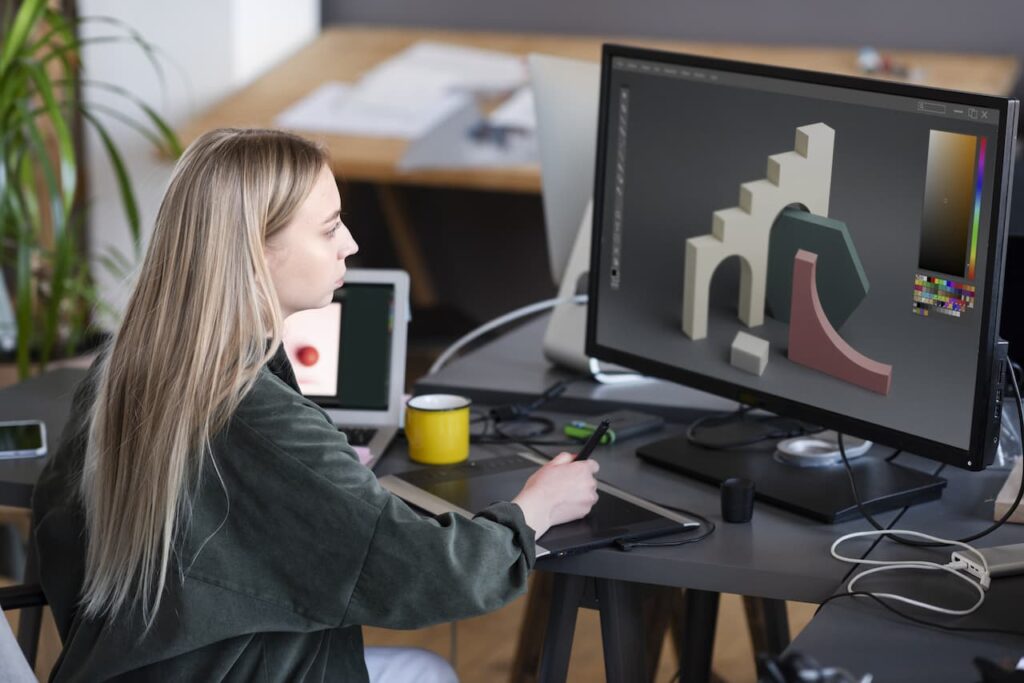

The role of a 3d artist has evolved significantly over the past decade. Once primarily confined to the realms of video games and animated films, 3d artistry now permeates various industries, including virtual reality, augmented reality, and even architectural visualization. This evolution has opened up a plethora of opportunities for artists, but it has also introduced new challenges. Understanding these changes is crucial for any aspiring or current 3d artist aiming to stay relevant in this competitive field.
Adapting to technological advancements
Technology is at the heart of 3d artistry. Advances in software and hardware have dramatically expanded the capabilities of 3d artists. Tools like blender, maya, and zbrush offer unprecedented levels of detail and realism, while real-time rendering engines such as unreal engine and unity provide interactive experiences previously unimaginable. As these technologies advance, 3d artists must continuously adapt, learning new techniques and mastering new tools. This constant need for upskilling can be daunting, but it also presents an opportunity to stand out in the industry. Staying updated with the latest technological trends and integrating them into your workflow can significantly enhance your portfolio and career prospects.
The importance of a strong online presence
In today’s digital age, having a robust online presence is essential for 3d artists. A well-maintained portfolio website and active social media profiles can dramatically increase your visibility and attract potential clients or employers. However, it’s not enough to simply have an online presence; you need to optimize it to ensure it reaches your target audience. This is where search engine optimization (seo) comes into play. By incorporating relevant keywords, optimizing image alt texts, and ensuring a fast-loading website, you can improve your site’s ranking on search engines and make it easier for potential clients to find you. For more detailed guidance on seo strategies tailored to creative professionals, visit Dr. Seo. Their expertise can help you navigate the complexities of seo and ensure your online portfolio stands out in search results.
Networking and collaboration: keys to growth
Networking and collaboration are vital aspects of a successful 3d artist’s career. Engaging with other professionals through industry events, online forums, and social media can lead to valuable connections and opportunities. Collaborating on projects can also help you learn new skills, gain different perspectives, and build a diverse portfolio. Networking isn’t just about finding job opportunities; it’s also about becoming part of a community that can provide support, inspiration, and constructive feedback. Building relationships with fellow artists, developers, and clients can lead to lasting partnerships and a more fulfilling career.

Balancing creativity and client expectations
One of the ongoing challenges for 3d artists is balancing personal creativity with client expectations. While clients hire you for your artistic skills and vision, they often have specific requirements and constraints that must be met. Effective communication is key to managing this balance. Clearly understanding the client’s needs and expectations at the outset of a project can help prevent misunderstandings and ensure a smoother workflow.
It’s important to establish a collaborative relationship with your clients, where feedback is exchanged constructively. Presenting your creative ideas confidently while remaining open to suggestions can lead to a final product that satisfies both parties. Building a portfolio that showcases a range of styles and projects can also help attract clients who align with your artistic vision, making it easier to find a harmonious balance between creativity and client satisfaction.
The future of 3d artistry: trends to watch
Looking ahead, several trends are shaping the future of 3d artistry. One significant trend is the increasing use of artificial intelligence (ai) and machine learning in the creative process. Ai-powered tools can assist in tasks like texture generation, model optimization, and even creative decision-making. As these technologies continue to evolve, they will become more integrated into the workflows of 3d artists, enhancing efficiency and expanding creative possibilities.
Another trend is the rise of real-time rendering, which is revolutionizing how 3d artists work. With advancements in gpu technology and software like unreal engine, artists can achieve high-quality renders in real-time, drastically reducing production times and enabling more iterative and interactive design processes.
Sustainability is also becoming a crucial consideration in the 3d industry. As awareness of environmental issues grows, there is a push towards more sustainable practices in digital production. This includes optimizing resources, reducing waste, and exploring green technologies.
Lastly, the democratization of 3d tools is making the field more accessible. Free and open-source software, along with a wealth of online tutorials and communities, allows aspiring 3d artists to learn and create without significant financial barriers. This democratization is leading to a more diverse and vibrant community of artists, fostering innovation and new perspectives.